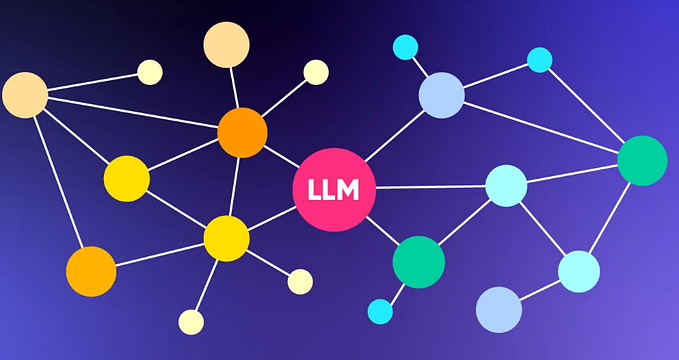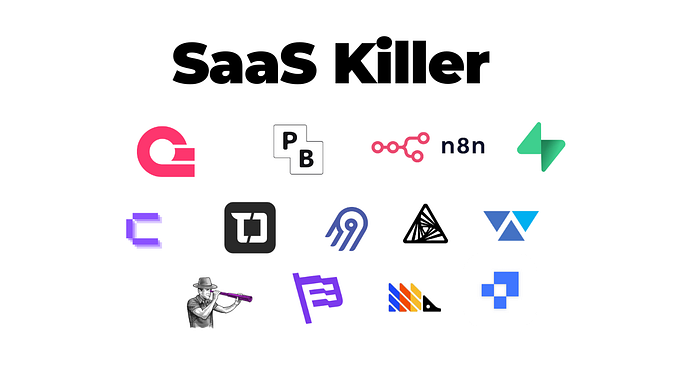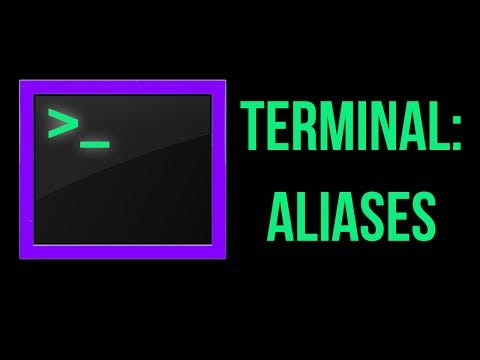Course review: UX Data Analysis on edX
This is a great online course for learning Quant UXR. The free version is decent as long as you’re quick and don’t need a certificate.
I’m a former chemical engineer, software tester, programmer, and UX designer who is transitioning into quantitative UX research. I write here monthly. If you’re new to Quant UXR, check out my article How to get started with Quantitative UX Research. If you’re an expert, leave me a comment to let me know all the mistakes I’ve made in this post!
Why I took the course
A colleague of mine reached out a few months back to ask which online program she should take to get into UX: The UX Design and Evaluation MicroMasters program by HEC Montréal on edX or the Google UX Design Certificate on Cousera. I took a look at them and decided that both looked like great ways to get started in UX. Also, there was one course in the MicroMasters program that seemed like a great way to get started in Quant UXR: UX Data Analysis.
This course promised to teach:
- Descriptive Statistics,
- Study Design,
- Bias Sources,
- Hypothesis Testing,
- Comparison of Means, and
- Two-Way ANOVA
All from a UX point of view.

I couldn’t resist signing up for UX Data Analysis because, as you‘ll see if you read my article Expert quantitative UX research advice from Sauro and Lewis, I still had a lot to learn.
This article is an unbiased review of that course.
Course details
- Course 6 of 7 in the “MicroMasters in UX Design and Evaluation”
- Initially released: October 2021
- Start any time
- Recommended timeline: 6 weeks, 6–9 hours per week
- My timeline: 11 weeks, 2.5 hours per week because I wasn’t in a hurry and I already knew some of the material
- Cost for Verified Track: US$300
UX Data Analysis vs. other ways of learning
As you know if you’ve read How to get started with Quantitative UX Research, there are a ton of different ways to learn Quant UXR. But the only two resources I know of that are somewhat similar to this course are:
- Crash Course Statistics (44 videos, each about ten minutes long)
- Quantifying the User Experience by Jeff Sauro and James Lewis (textbook, 300 pages)
If you know of other ways to learn similar content, please add a comment!
UX Data Analysis vs. Crash Course Statistics
Crash Course Statistics is more entertaining than UX Data Analysis and is more beginner-friendly, but there are a lot of concepts in Crash Course that aren’t relevant to UX. Because of that, UX Data Analysis goes far deeper into relevant concepts like ANOVA, not just by explaining the methods, but also by providing hands-on experience with them.
Verdict: Do both if you can, but if you know what a p-value is, you’re interested in Quant UXR, and you only have time for one, skip to UX Data Analysis.
UX Data Analysis vs. Quantifying the User Experience
Quantifying the User Experience is a HUGE book. It goes deep into things like sample size estimation, controversies in measurement and statistics, and more. The book is more focused on analysis than on sampling, so one thing that the book doesn’t cover but the UX Data Analysis course does is biases, such as selection bias and measurement bias.
Another thing that Quantifying the User Experience either missed or didn’t explain well enough for me to grasp it was when to use non-parametric statistics. UX Data Analysis clearly spells out when you should use tests like Kruskal Wallis.
UX Data Analysis, on the other hand, glosses over things like calculation details. I like knowing how things are calculated, but for the most part, the course provides spreadsheets to paste your data into and doesn’t elaborate on how those spreadsheets work. I like to know the calculation details, but I understand why the course didn’t dwell on them.
Verdict: Do UX Data Analysis, then tackle Quantifying the User Experience (if you dare). I did it in the opposite order, but if I had done the course before the book, I probably would have understood it better.
Is the Verified Track worth it?
It depends. Fortunately, I got to experience both the Verified Track (US$300) and the Audit Track (free) because it’s offered both in English and French and I’m learning French. So I know both sides.
The Audit Track
The free version of the course is still great. You still get great content, responsive instructors, handy notes, and exercises in those notes. Two downsides, however, are the deadline and the upsells.
By great content, I mean videos or written articles that go deep into the concepts with realistic UX-related examples. The instructors are available via Discussion boards or email. I posted about 10 questions as I worked through the material, and most of them were answered within 24 hours. The notes (Word or Google Doc) include fill-in-the-blanks summaries and self-graded exercises, so even if you don’t get access to edX quizzes, you can still get valuable practice in.
The Audit Track has a time limit of six weeks. I took my time on this course, so that deadline snuck up on me and before I knew it, I no longer had access to the French version of the course that I was auditing. There was no shortage of advertisements for the Verified Track during or after those six weeks, though!

So if you do take the Audit Track, prepare to ignore some “upgrade” buttons and make sure you get it done within the recommended six weeks.
What the Verified Track gets you
All of the above, plus extra practice and proof.
By extra practice, I mean quizzes, assignments, and an exam. These are not available if you audit the course. The five quizzes are five questions each and are multiple choice. I made a few mistakes on them and learned from those mistakes, so I’m glad I had access to them. The two assignments were a lot more work than the quizzes, but I found them to be very similar to real-life Quant UXR. You’re given data and you’re asked to analyze it then report on your analysis. I would have liked more feedback on my assignments (I just got a few words on each assignment), but the practice alone was valuable. I haven’t taken the exam yet, but it’s in two parts, each with twenty multiple choice questions. Studying for the exam has solidified the material in my mind, and I probably wouldn’t have studied if there was no exam for me to take.
By proof, I mean you get a certificate if you pass the course so you can brag on LinkedIn, get credit towards a MicroMasters degree, or print it out and put it on your fridge! Or better yet, you can put your certificate on a Medium post like this!

Final verdict
This course is great if you’re interested in Quant UXR and you already know basic statistics. If you want extra practice, proof that you passed, and you can afford it, pay for the Verified Track. If not, you’ll be fine with the Audit Track.
If you do take the course, post a comment to let me know what you thought!










